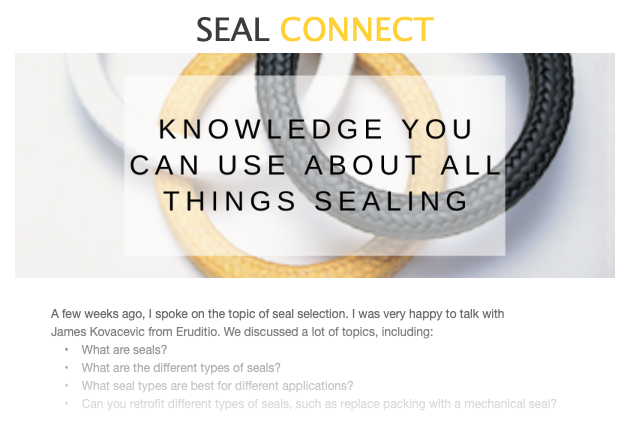API Flush Plans for Mechanical Seals
These API flush plans outline and explain the standard environmental controls, such as piping arrangements, that are employed with mechanical seals to boost their performance and reliability. It’s important to recognize that no two applications are identical. The ability to manage the conditions surrounding a mechanical seal often determines its longevity, especially in more demanding settings. For this reason, environmental controls are implemented.
Overview and Terminology
Environmental controls refer to auxiliary systems designed to work in conjunction with mechanical seals. Each configuration is detailed in a plan that specifies how the support systems for the seals are set up. The symbols utilized in these plans are clarified in the accompanying legend.
Flow Restriction Devices
A flow restriction device, or orifice, is engineered to minimize dilution of the seal flush and/or to manage the pressure within the seal chamber.
The minimum diameter for any orifice is set at 3 mm (0.125 inches).
Should the need arise for multiple orifices, they must be installed in sequence, spaced at least 150 mm (6 inches) apart.
For seal flush systems that employ an external flush, it’s crucial to have a way to monitor both the seal chamber and flush pressures. It is advisable to use a pressure gauge flanked by block valves for this purpose.
Cooling Systems
Cooling systems must ensure adequate flow for cooling the seal according to the manufacturer’s specifications.
The fluid used to flush the seal should flow through the tubes, while the cooling liquid should circulate on the shell side.
Tubes within the heat exchanger should measure 19 mm (0.750 inches) in diameter and 2.4 mm (0.100 inches) in thickness, unless a different specification is provided.
Cooling systems must feature a detachable head, secured with either bolts or studs and nuts. Designs with tapped holes are not permitted.
Barrier/Buffer Fluid Reservoirs
API Plan Overview The tank is an integral component of the pump system and must be designed, constructed, and tested according to ISO 15649 (ASME B31.3) standards, unless local regulations or specifications dictate otherwise. The default design for the tank is a cylindrical vessel with fixed, ellipsoidal ends. Each dual seal setup should have its own dedicated reservoir.
The pipes for the barrier fluid should have a minimum diameter of 12 mm (0.500 inches) for shafts up to 60 mm (2.375 inches) and 18 mm (0.750 inches) for larger shafts. The preferred material for these tubes is 300 series austenitic stainless steel (EN 1.4401), though austenitic schedule 80 stainless pipe is also acceptable under these guidelines.
Piping (seal connections) must maintain a continuous upward slope from the seal gland plate to the reservoir, at a rate of 10 mm (0.375 inches) per 240 mm (10 inches) of length.
The reservoir should hold at least 12 liters (3 gallons) of liquid for shaft diameters of 60 mm (2.375 inches) or less. For larger diameters, a minimum of 20 liters (5 gallons) is required.
Unless specified otherwise, the barrier/buffer fluid tank should include a cooling mechanism.
See below for specific plans.
A2037B Convection System Installation
DTP SEAL AY9019A
A12821A DGS SET UP
ESD Seal A6752A
RBD Seal A6751A
Single Cartridge Seals A3326A
Single Cartridge Seals A3327A
Single Cartridge Seals A6753A
Single Cartridge Seals A6754A
Single Cartridge Seals AY10600A
 SEAL CONNECT
SEAL CONNECT Find Your Sealing Solution
Find Your Sealing Solution